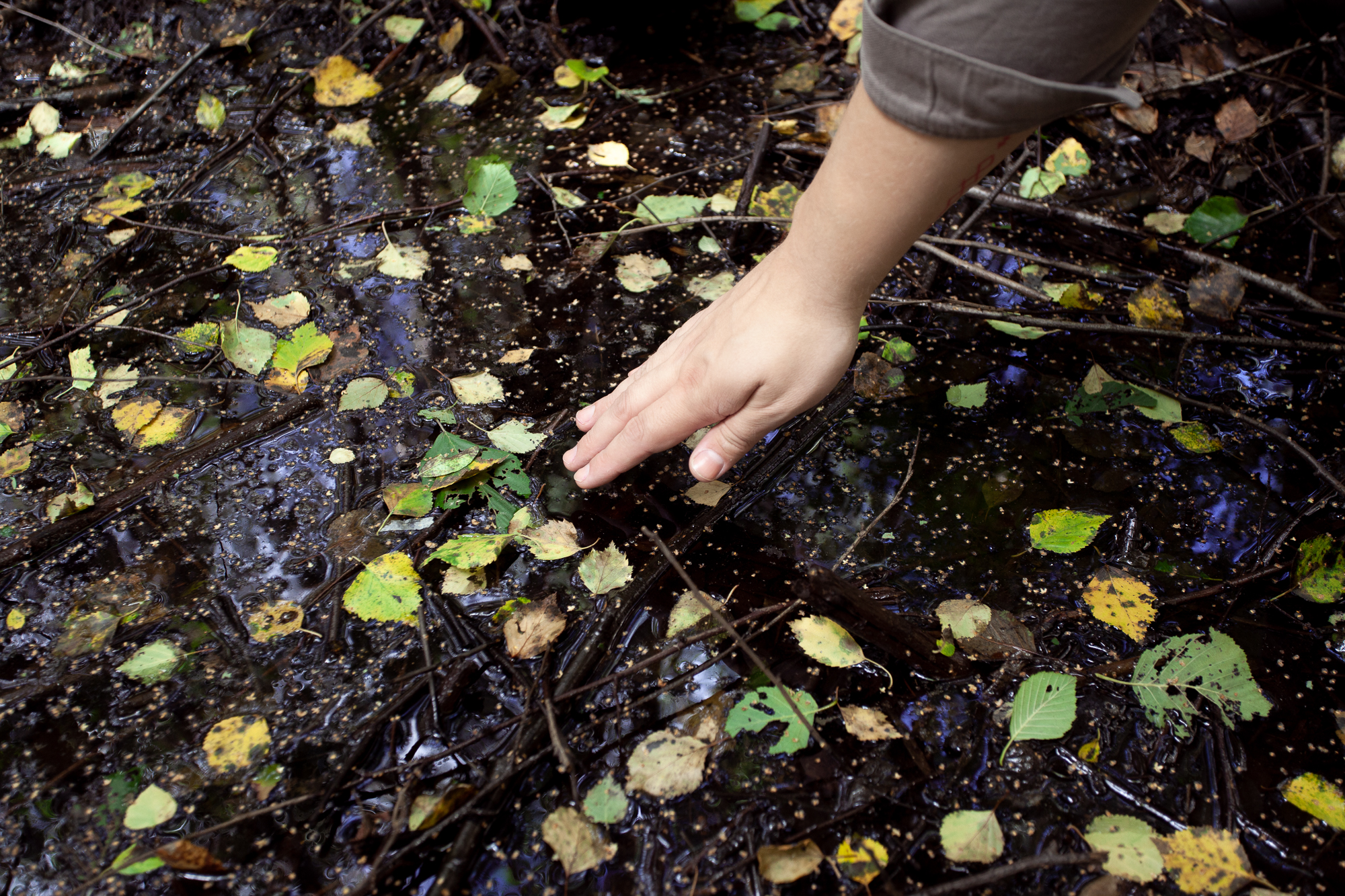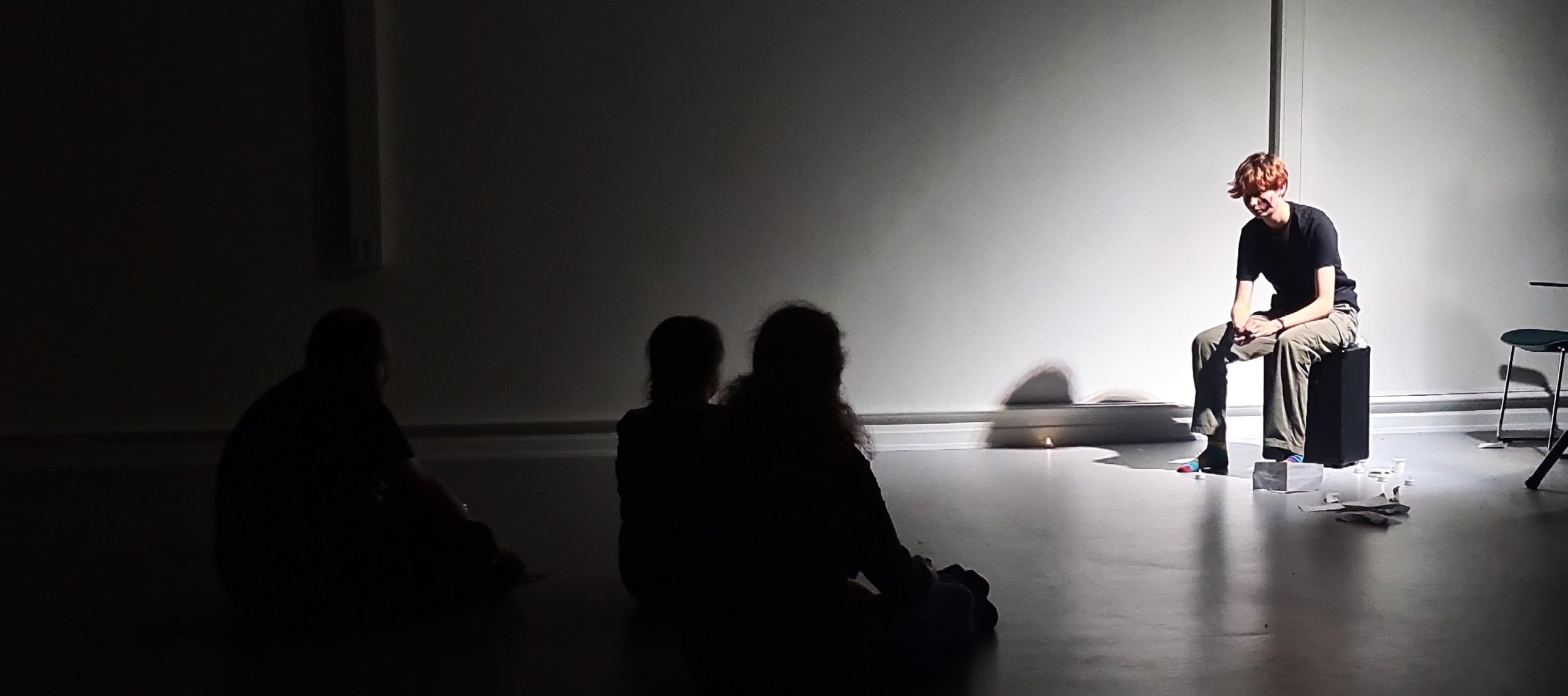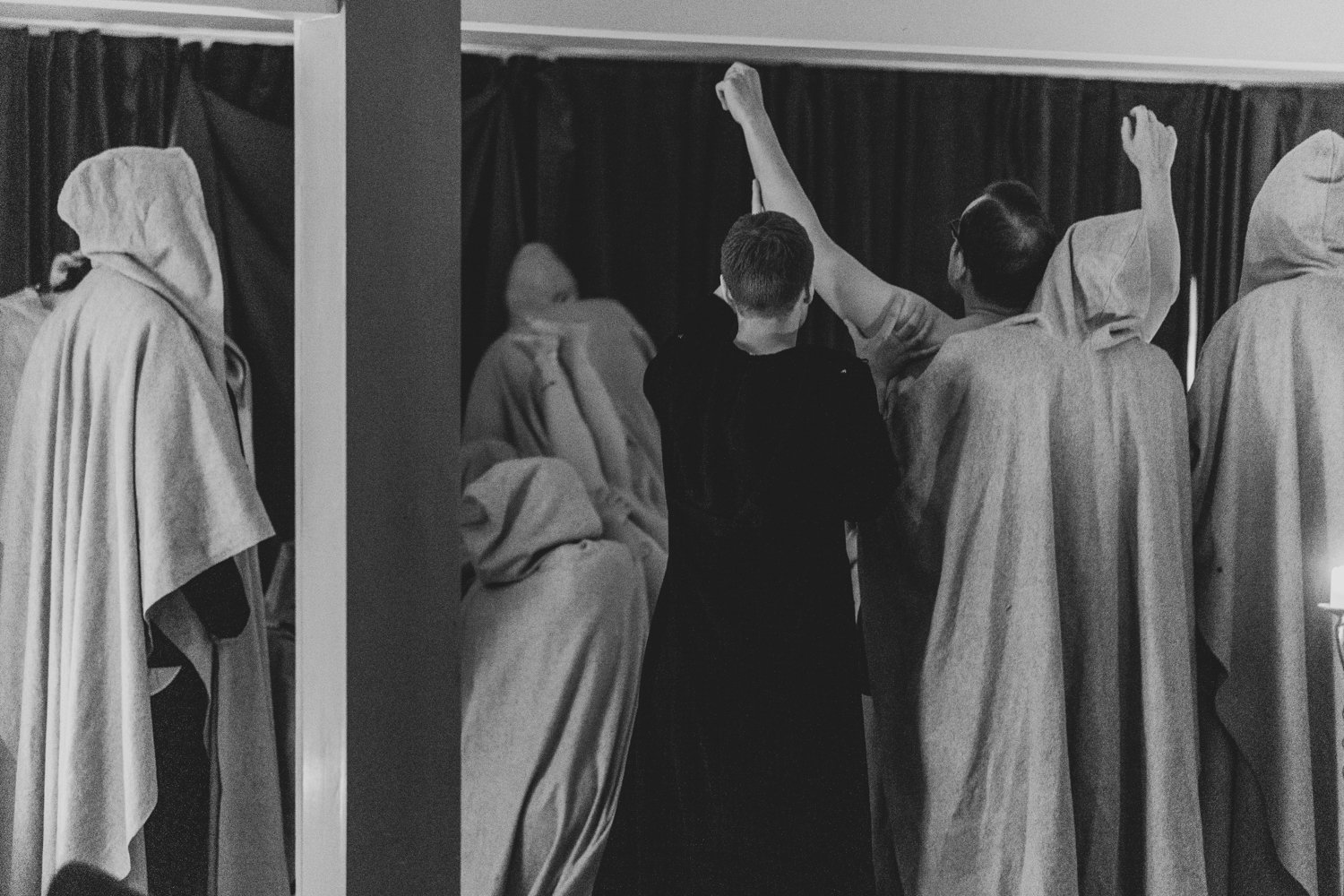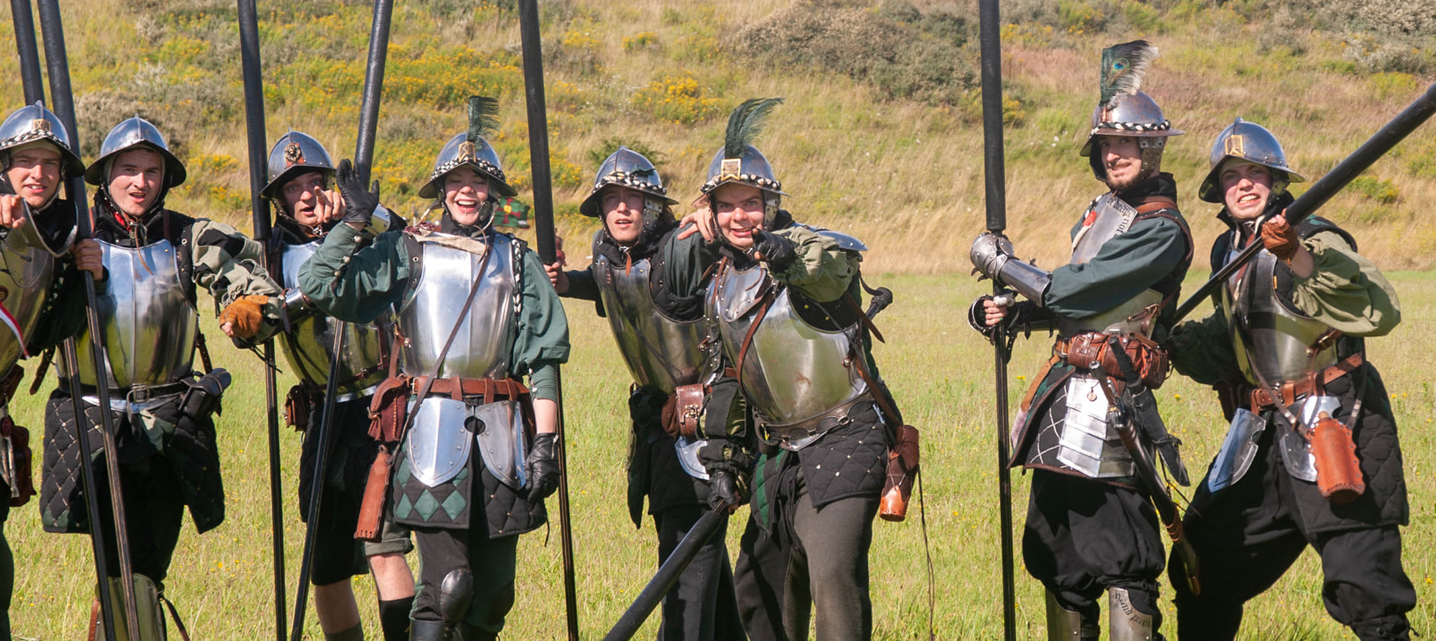Tag: Nordic Larp
-

Website Update 2025
in
Nordiclarp.org has been updated to modern software and moved to new, faster and better hosting. Bare with issues & report feedback to us.
-

Larp As Embodied Art
This article describes our artistic practice and design principles focusing on the bodily experience.
-

Why I hate post-larp compliment threads
Compliment threads are a quite common phenomenon after a larp. So why does it always make me slightly uncomfortable and anxious?
-

Design for young adult players: The relevance of designing for hope, agency and inclusion
in
How can larp designers include young adults as co-creators and peers in the design and play processes?
-

The Emotional Core
in
Sometimes in larps I get bored and disconnected. The solution? I need to start by looking for something to care about.
-

Nordic Larp is not ”International Larp”: What is KP for?
in
International larp is a tremendous thing, and it deserves to thrive and grow. But not at the expense of the Nordic larp that it borrows so heavily from.
-

Building Player Chemistry
in
This article By Nór Hernø, introduces a workshop tool to help build player chemistry before a larp.
-

Defining Nordic Larp
in
‘Nordic Larp’ has a function. It still signals something to the public. These things might not be unique, or they might have other equivalents within other traditions, but to participants it still says something.
-

Rules, Trust, and Care: the Nordic Larper’s Risk Management Toolkit
in
This article discusses how to come to terms with the fact that risks at larps cannot be eliminated, and how to manage them instead.
